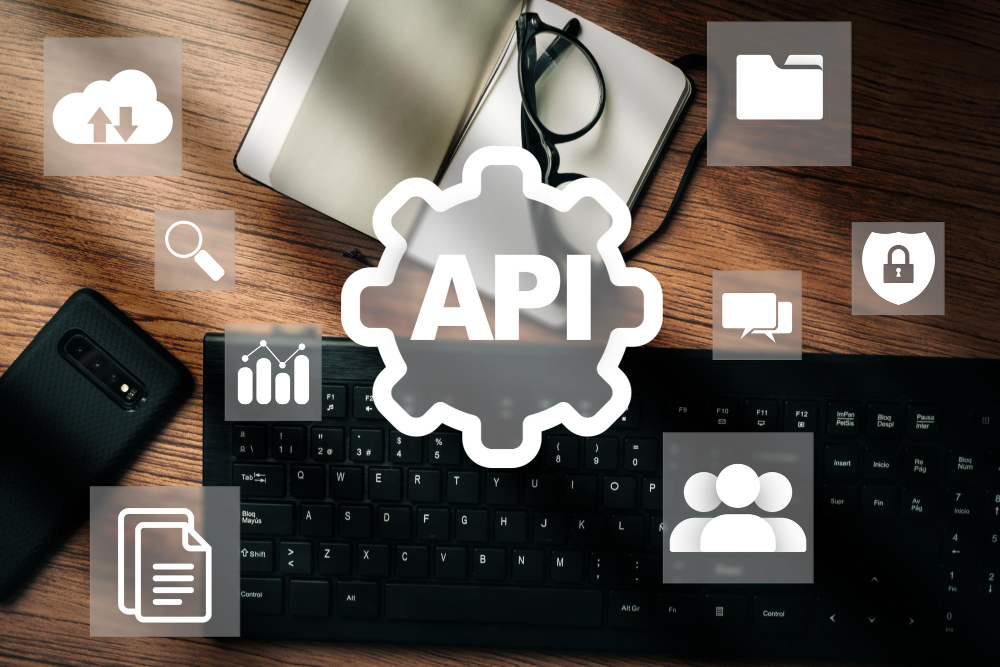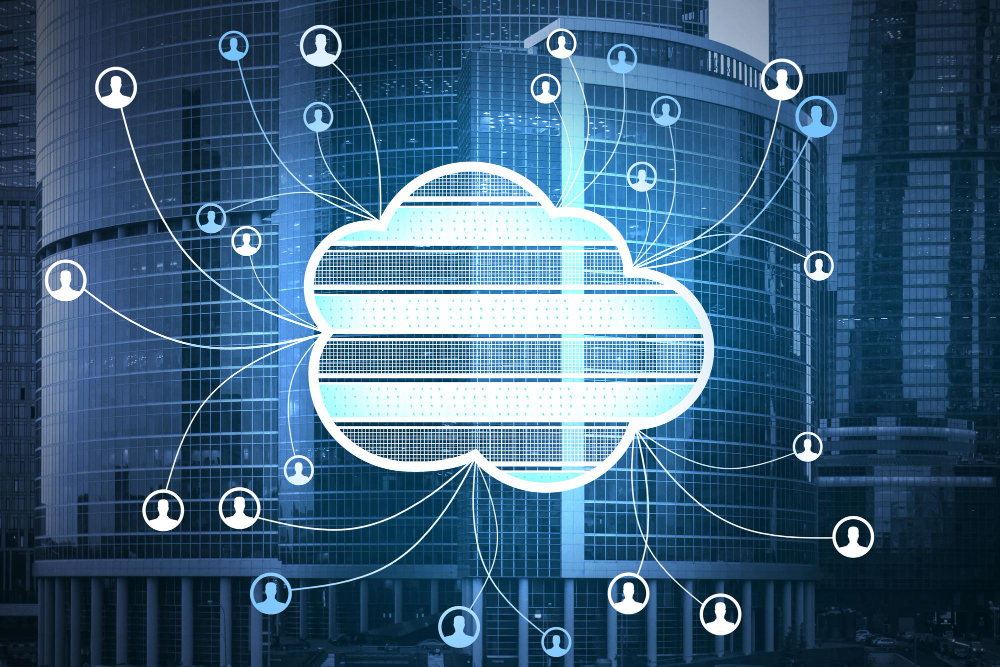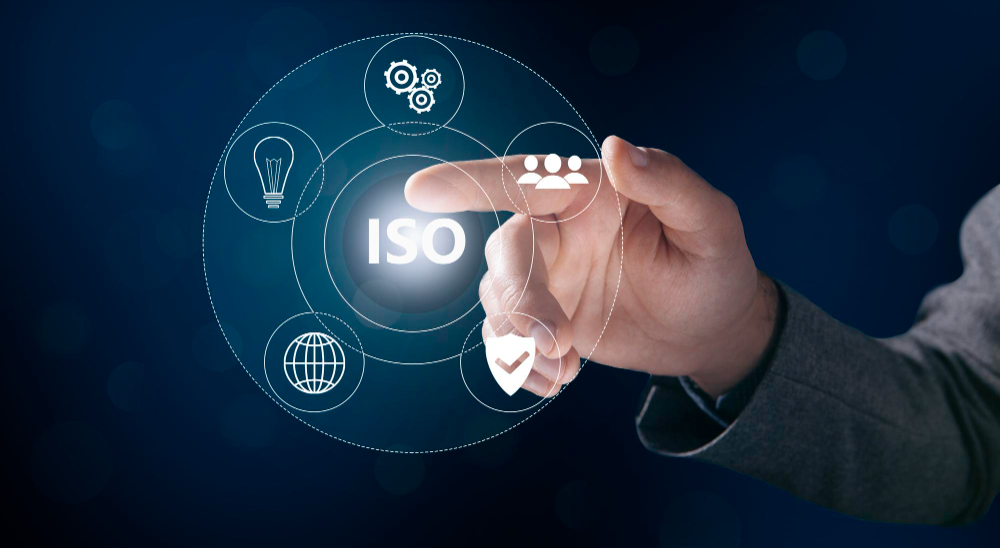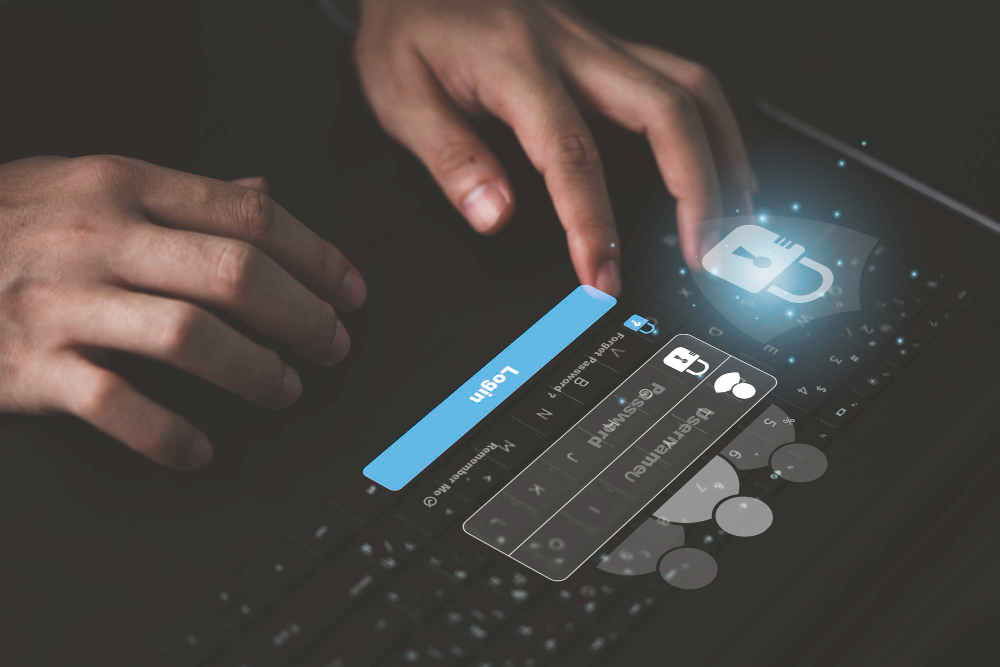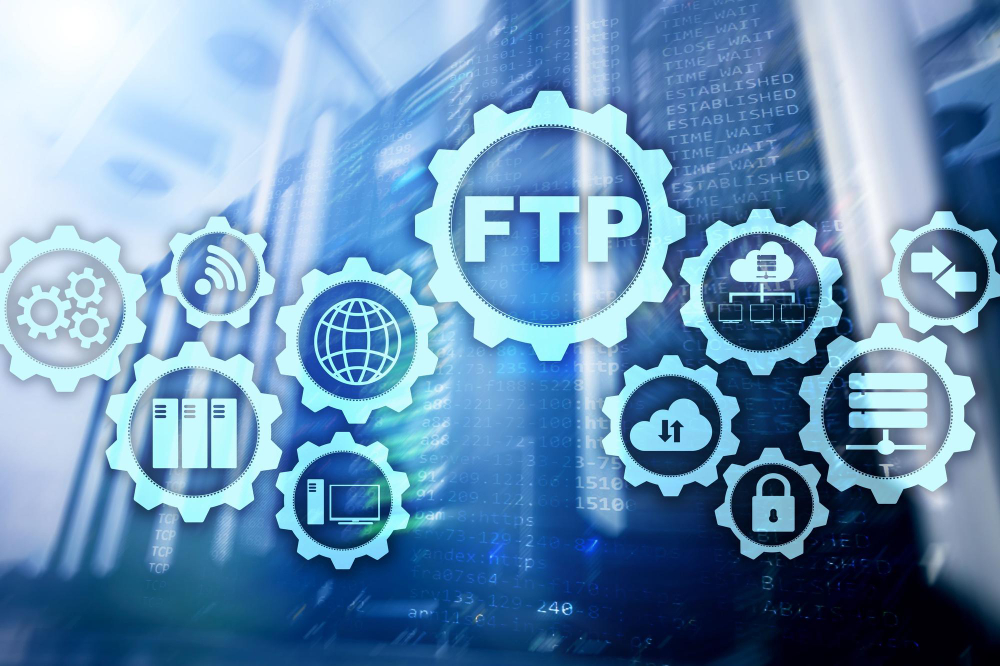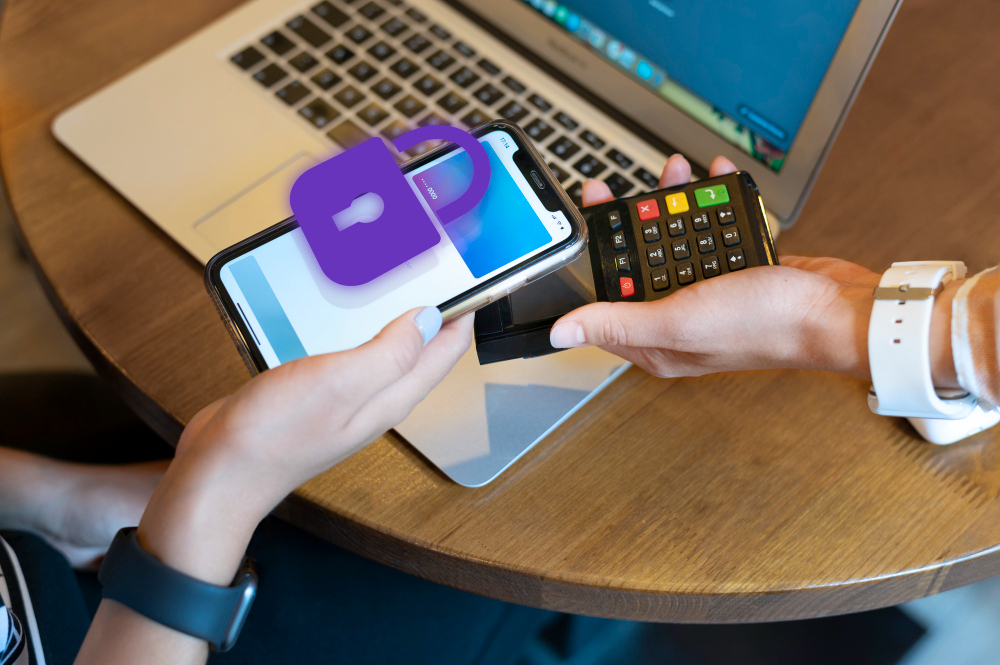Swift Migration to ISO 20022
The BFSI industry in the United States is prioritizing ISO 20022 migration to improve payment message exchange. This will help BFSI industries to boost fraud prevention & enhance fraud detection. As the industry moves from traditional formats to the new SWIFT ISO 20022 messaging standard. It enables faster & smoother cross-border payments.
The ISO 20022 MT to MX mapping translates traditional message types (MT) into the new XML-based format (MX). Accurate mapping is essential to maintain data integrity & ensure seamless interoperability across global payment networks.
Migrating to SWIFT ISO 20022 will allow BFSI industries to achieve the following benefits:
- Enable real-time payments & better reconciliation
- Improve operational efficiency through enriched data
- Meet global regulatory requirements & reduce compliance risks
- Enhance customer experience with greater transparency
With the support of real time payment analytics & third party monitoring tools, the ISO 20022 migration is a strategic approach to modernize payment infrastructure.
ISO 20022 Migration: The International Standard for Structured Payment Messages
ISO 20022 is global payment messaging standards, replacing outdated formats with a unified, data-rich messaging framework. This international standard enables financial institutions to improve payment accuracy & streamline operations.
As part of this swift mt to mx migration, banks and payment service providers are moving from traditional SWIFT MT formats to the new XML-based ISO 20022 message types using structured data elements. The ISO 20022 MT to MX mapping ensures that legacy systems are upgraded to handle richer, standardized data—reducing errors and manual intervention.
To ensure a smooth transition, many institutions are choosing professional ISO 20022 migration services to check their current systems, find affected processes, and meet compliance deadlines. Since the SWIFT coexistence phase will end in November 2025, starting early is important to stay ready and avoid problems with cross-border payments.
By embracing ISO 20022, financial institutions gain access to:
- A global standard with consistent messaging for payments, securities, and trade
- Enhanced anti-money laundering (AML) and fraud detection capabilities
- Better interoperability with domestic and international payment systems
- The ability to carry detailed payment and purpose-of-payment information
The shift to ISO 20022 is more than just a regulatory requirement—it’s an opportunity to modernize legacy infrastructure, unlock operational efficiency, and deliver superior customer experience through better data visibility.

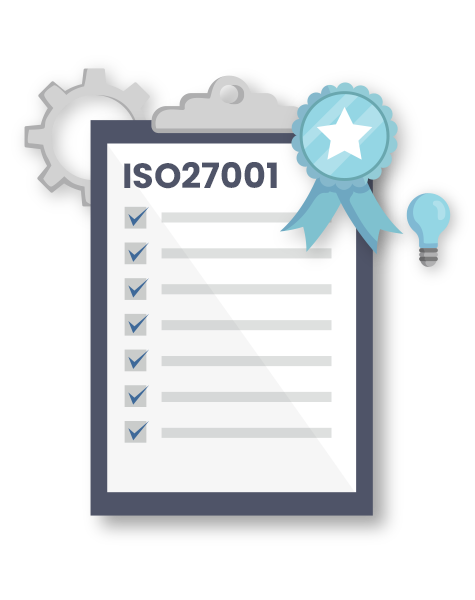
 USA | INDIA | MIDDLE EAST | HONG KONG
USA | INDIA | MIDDLE EAST | HONG KONG 